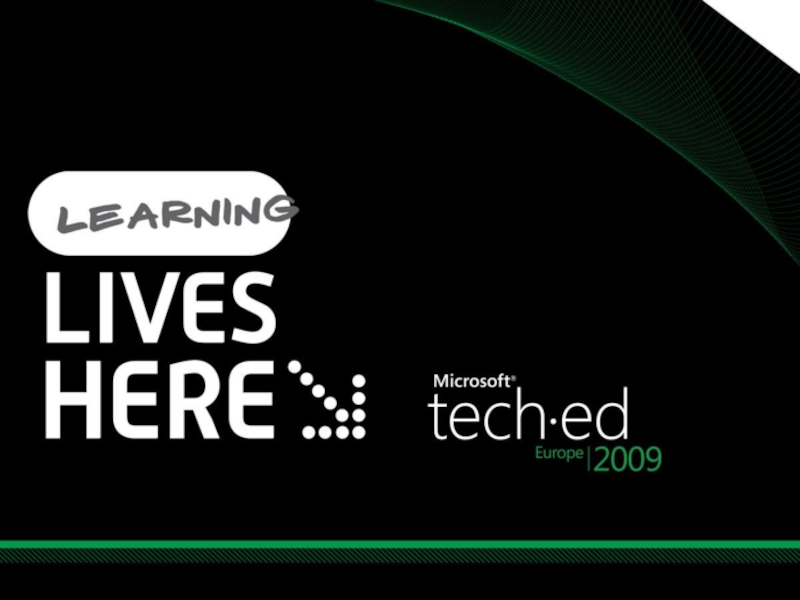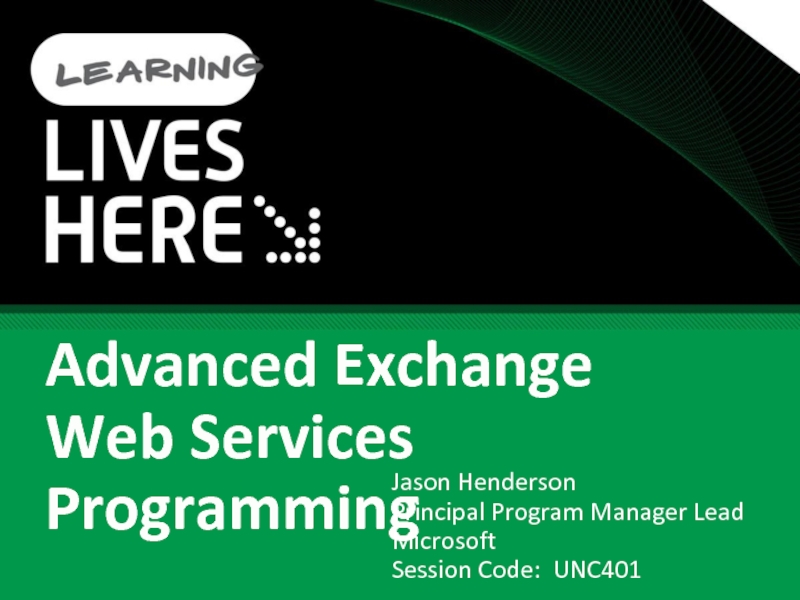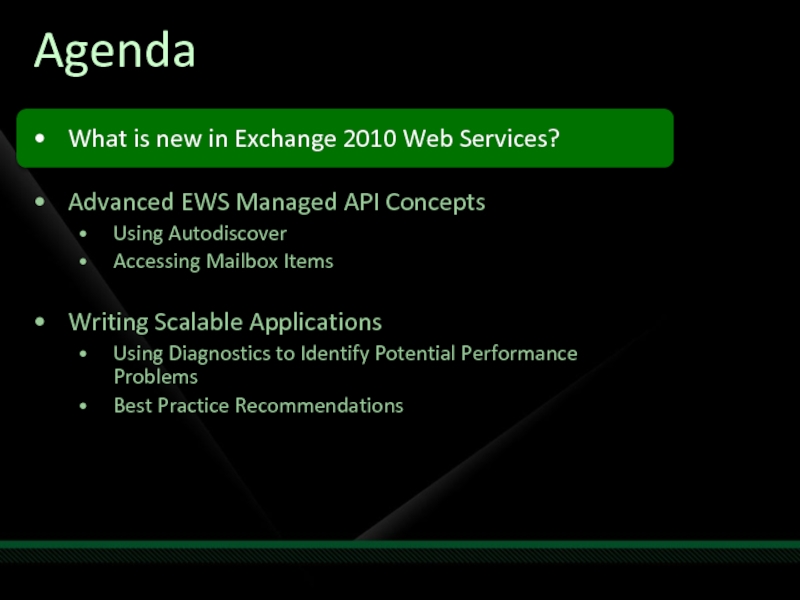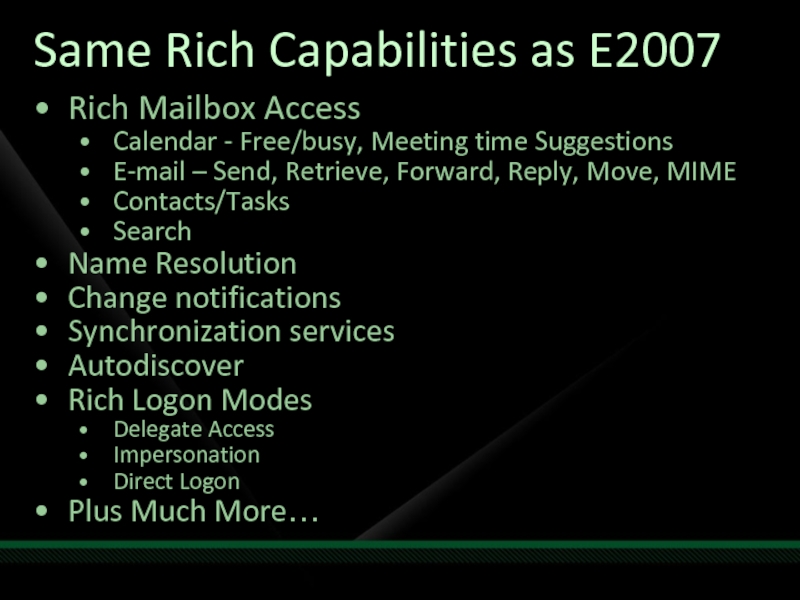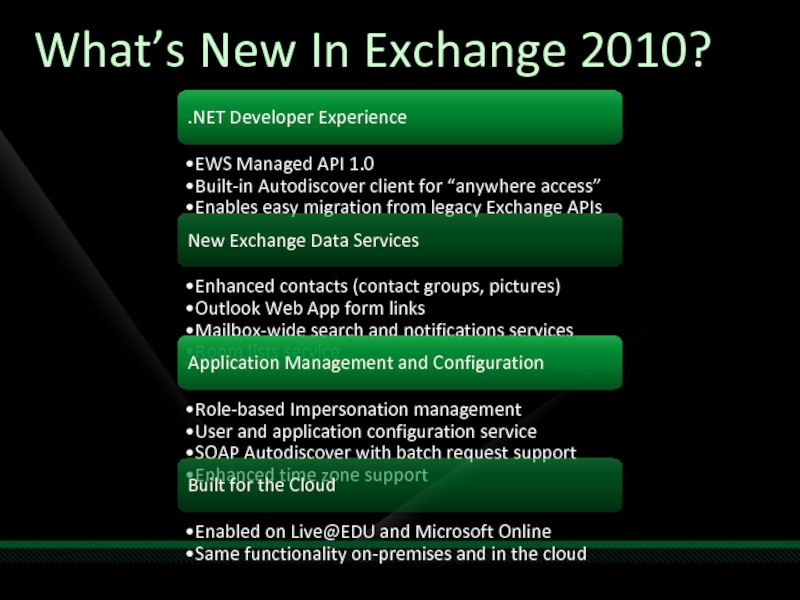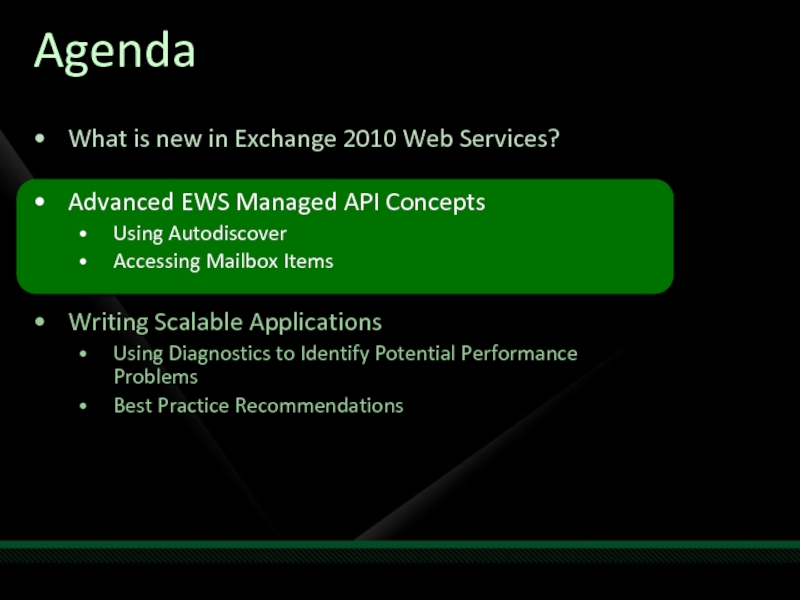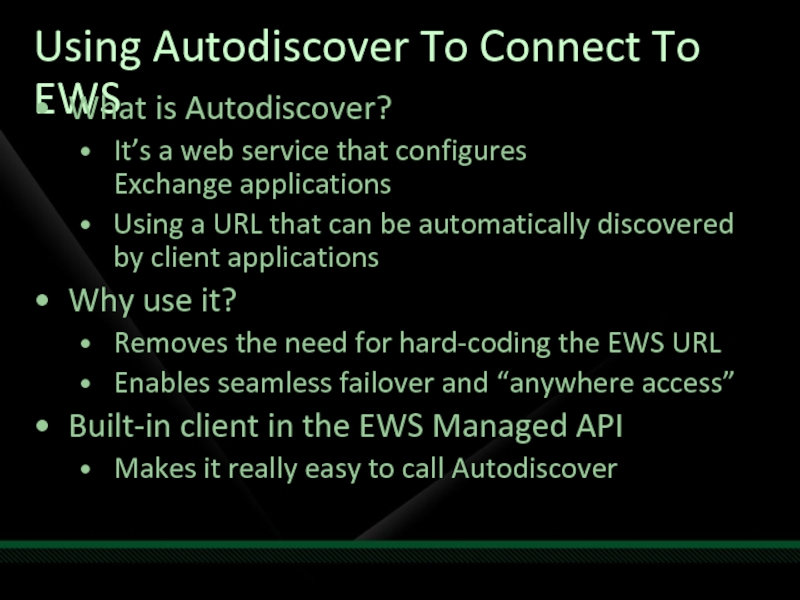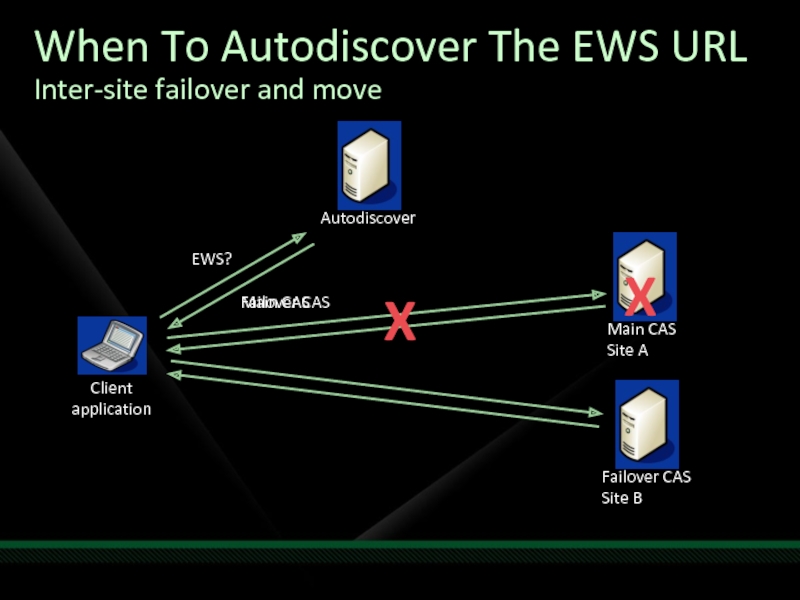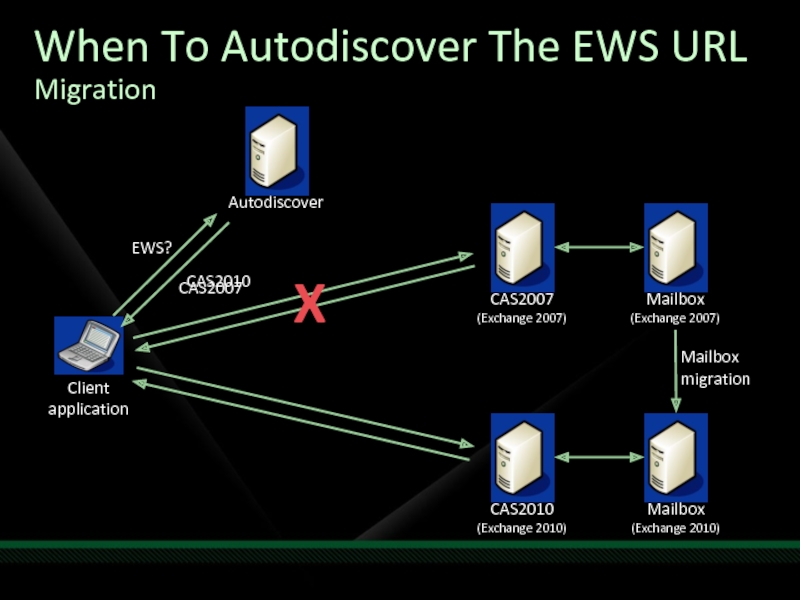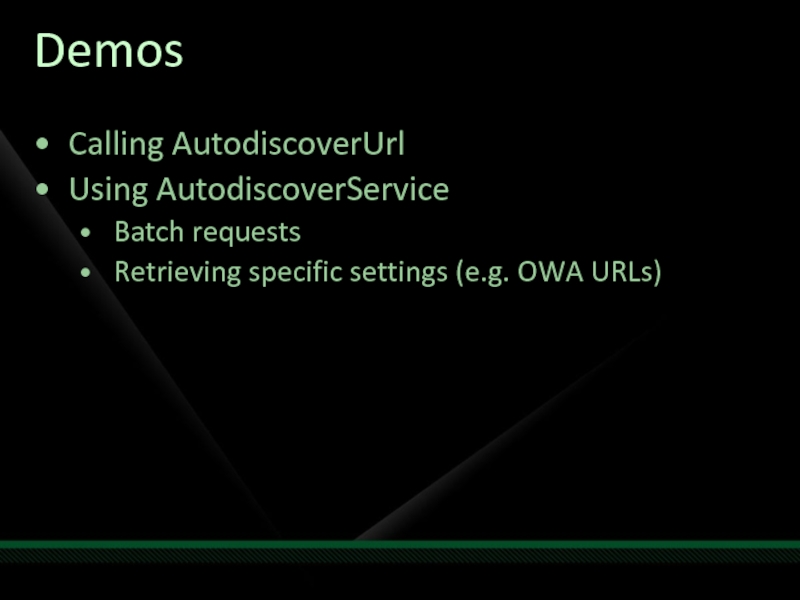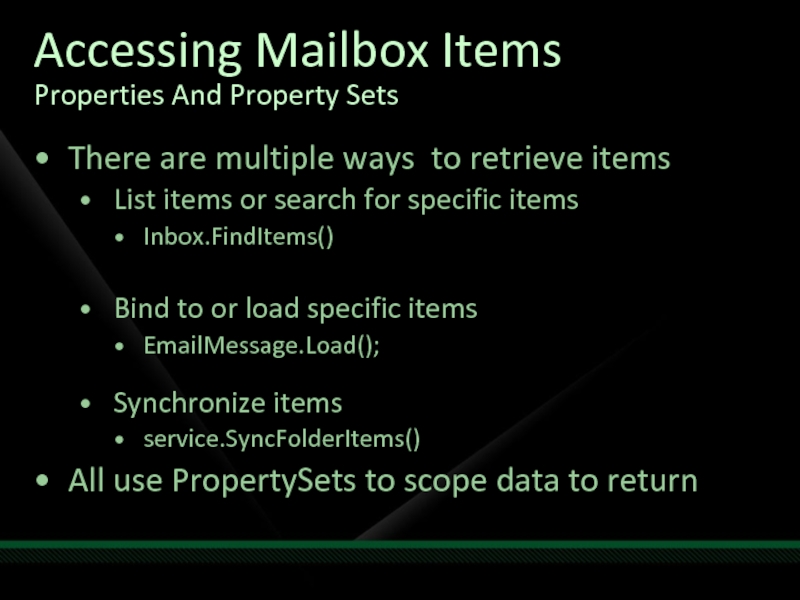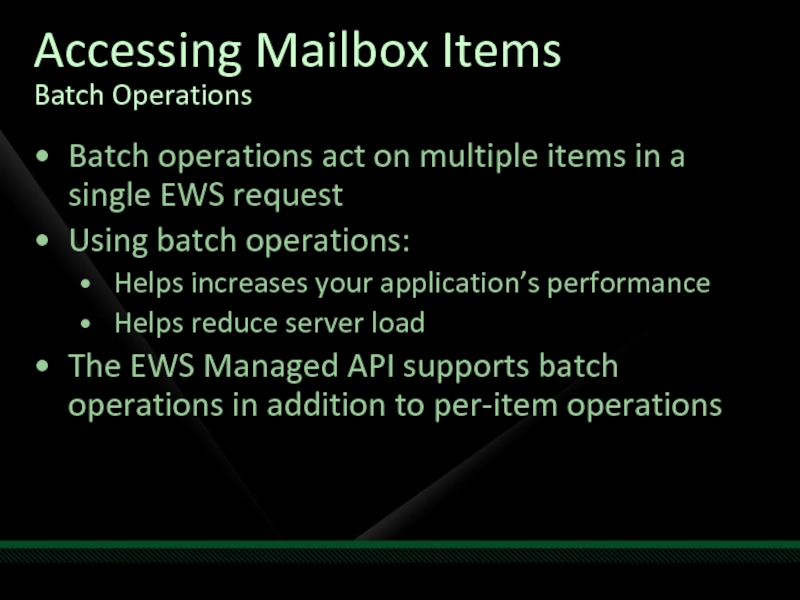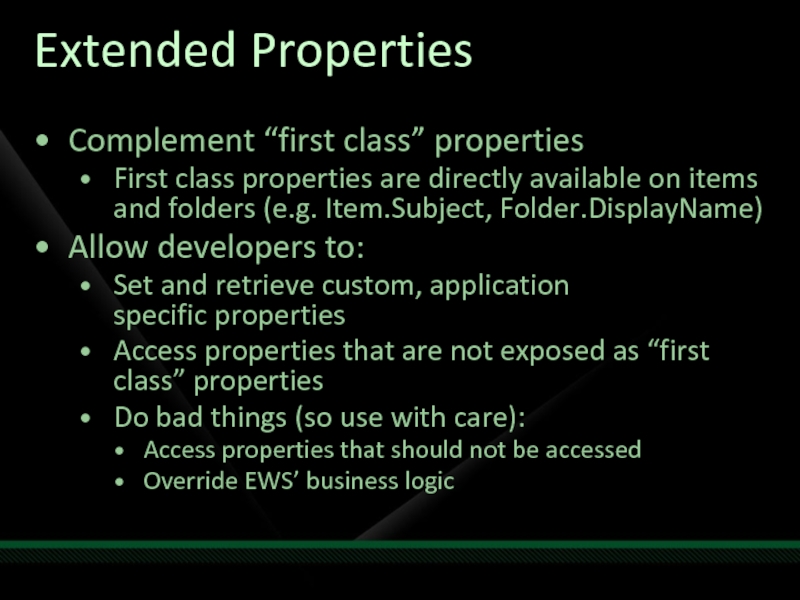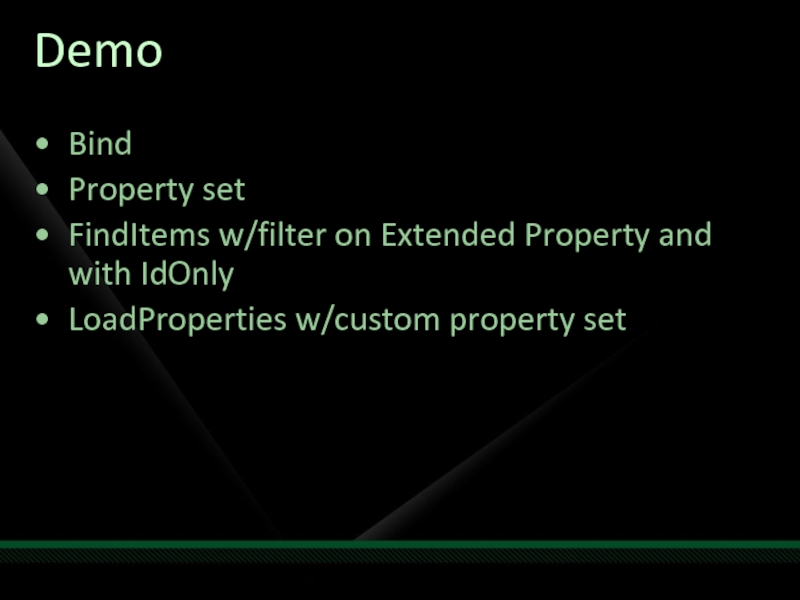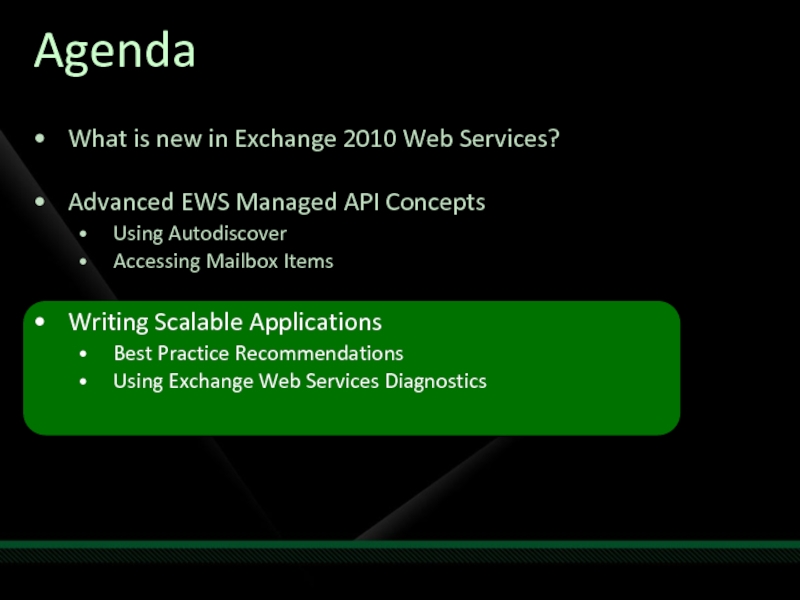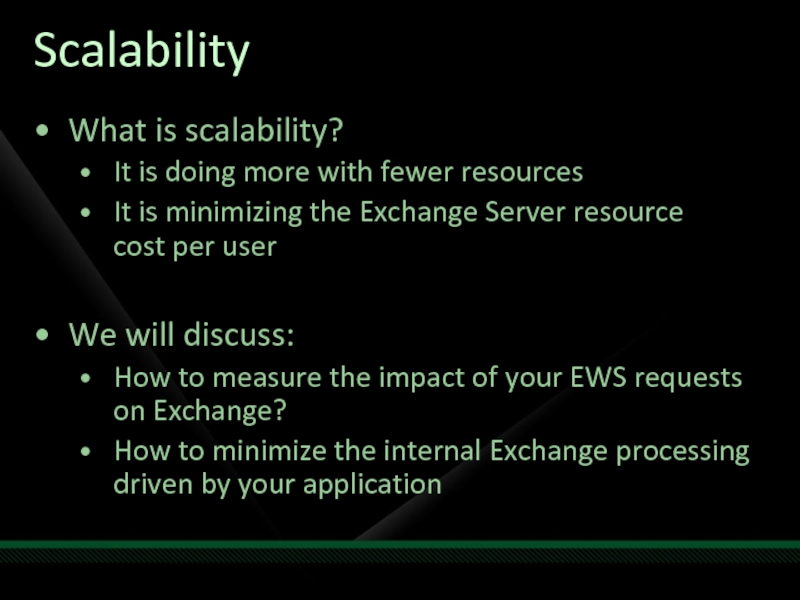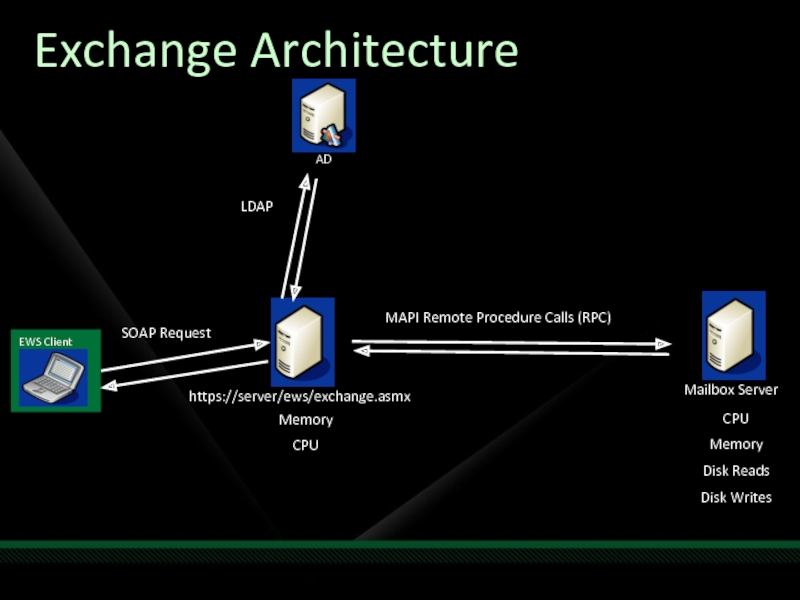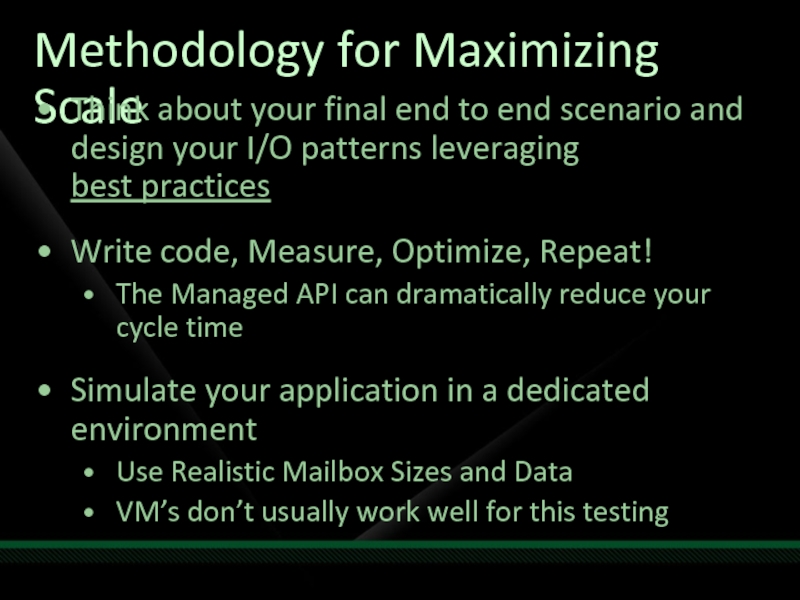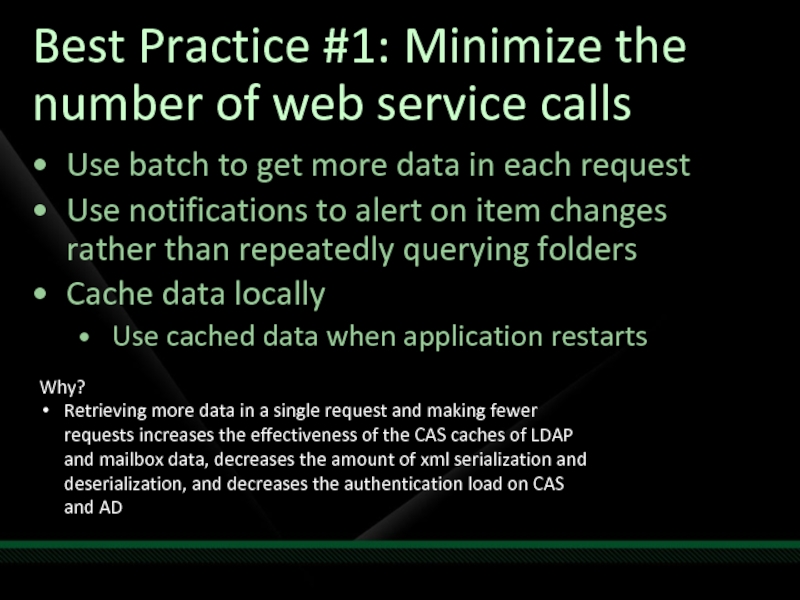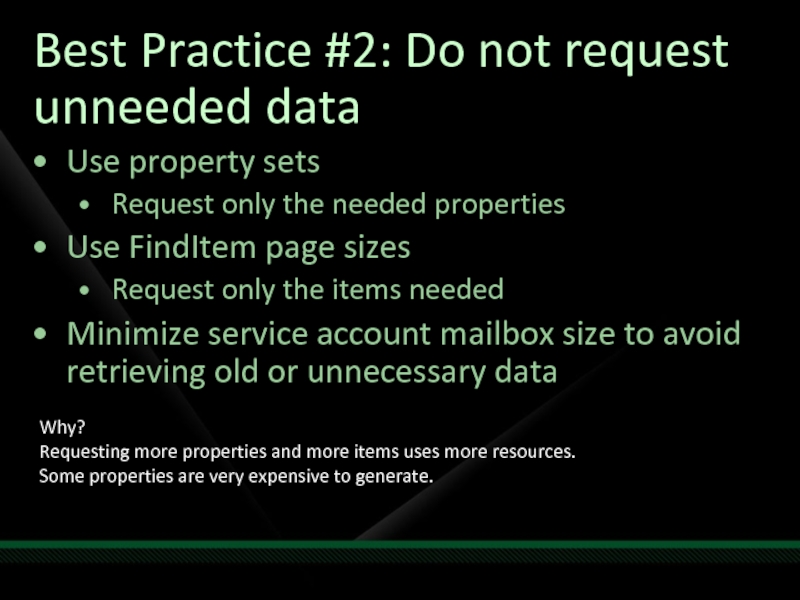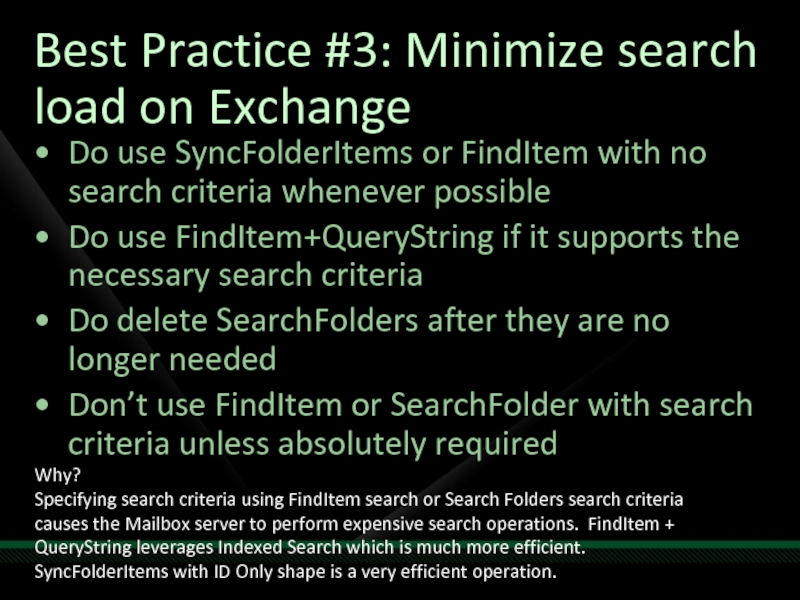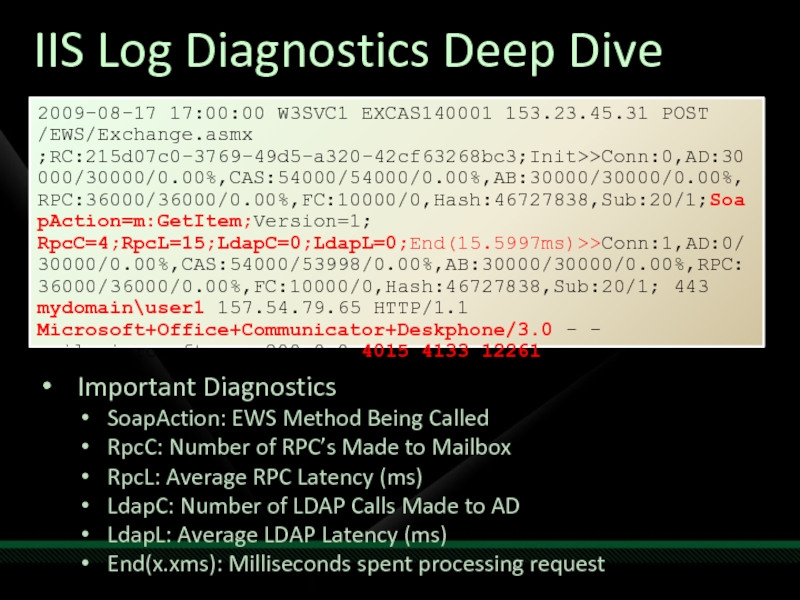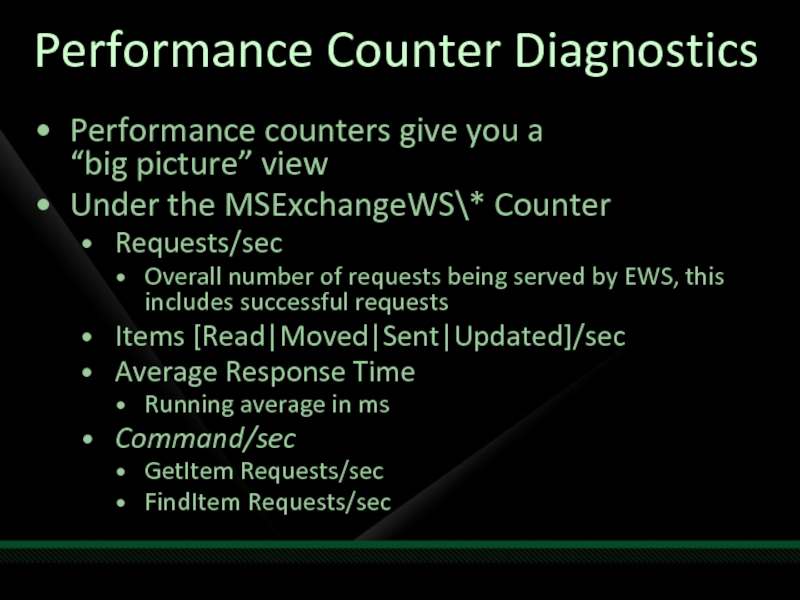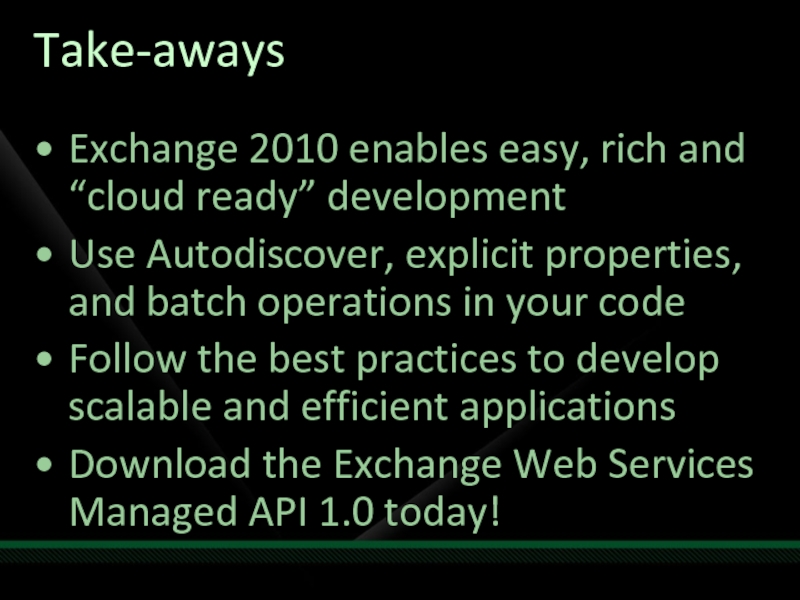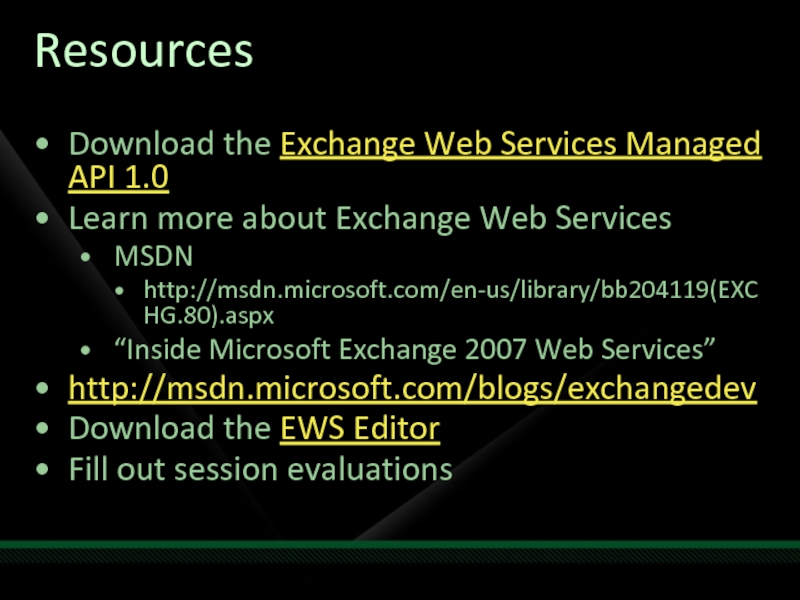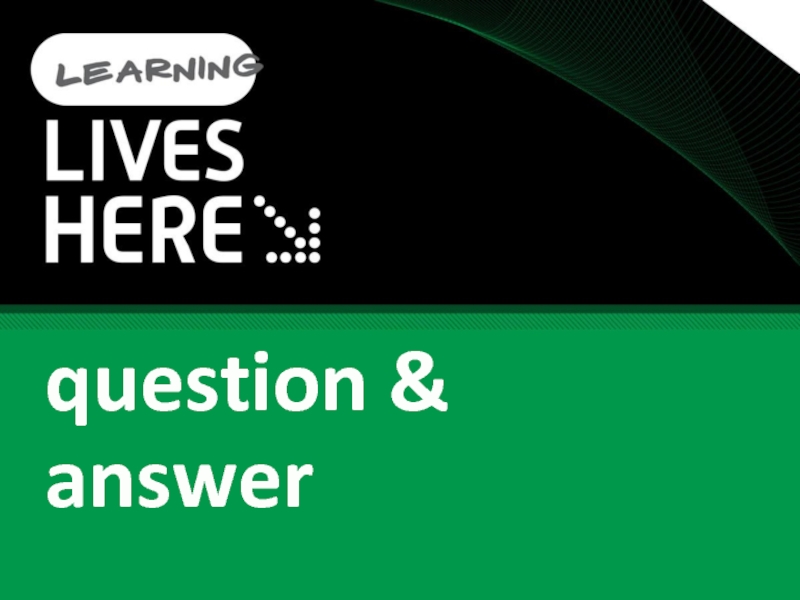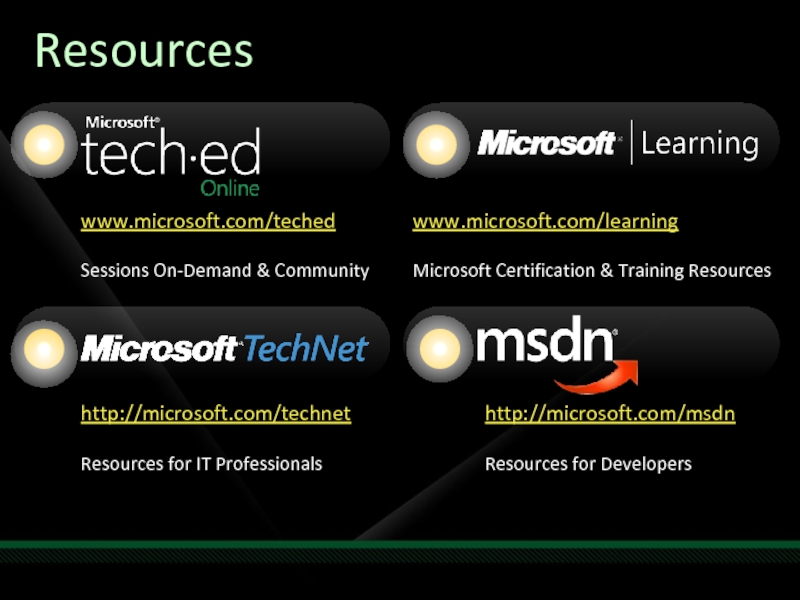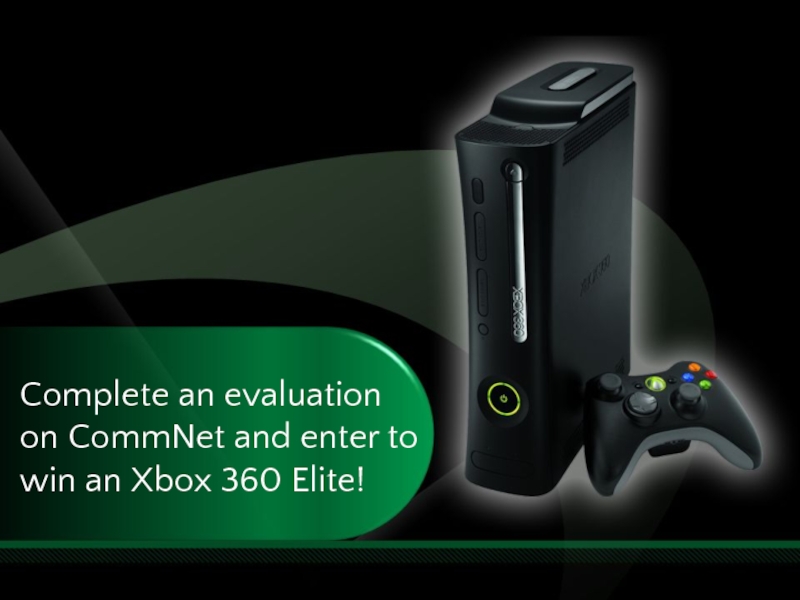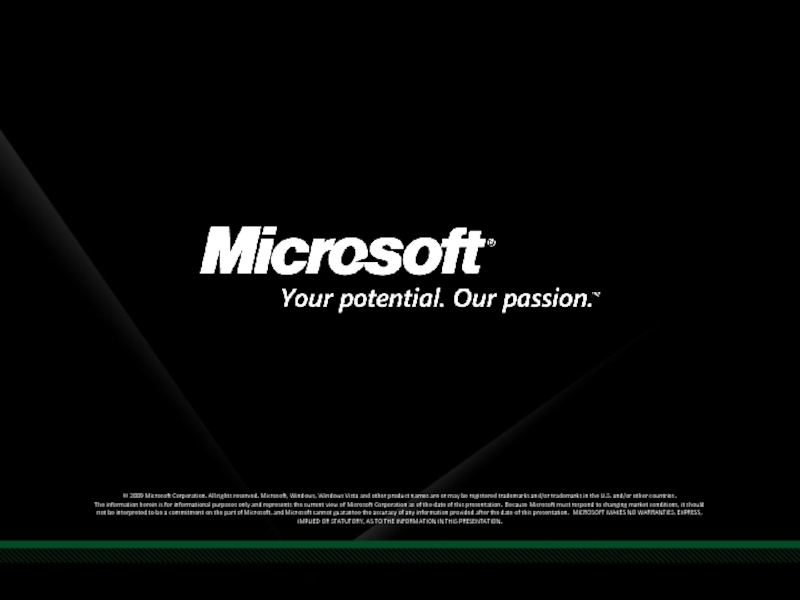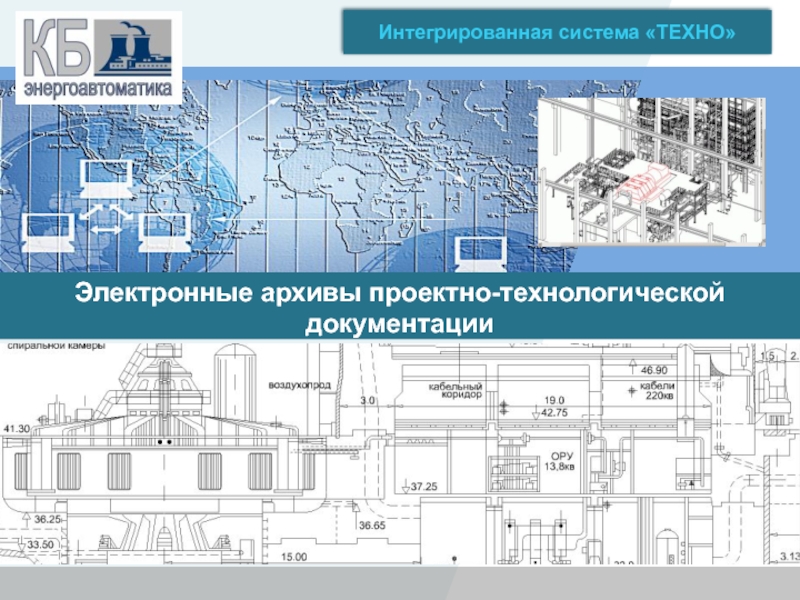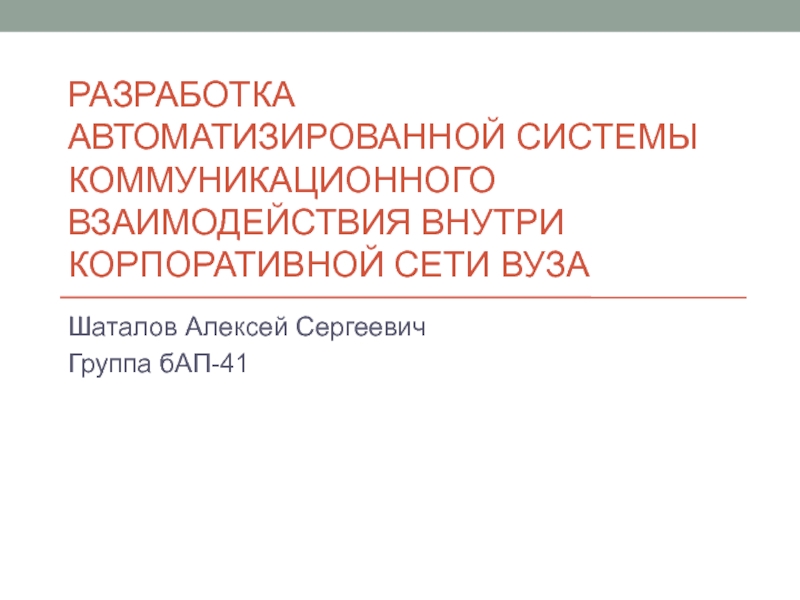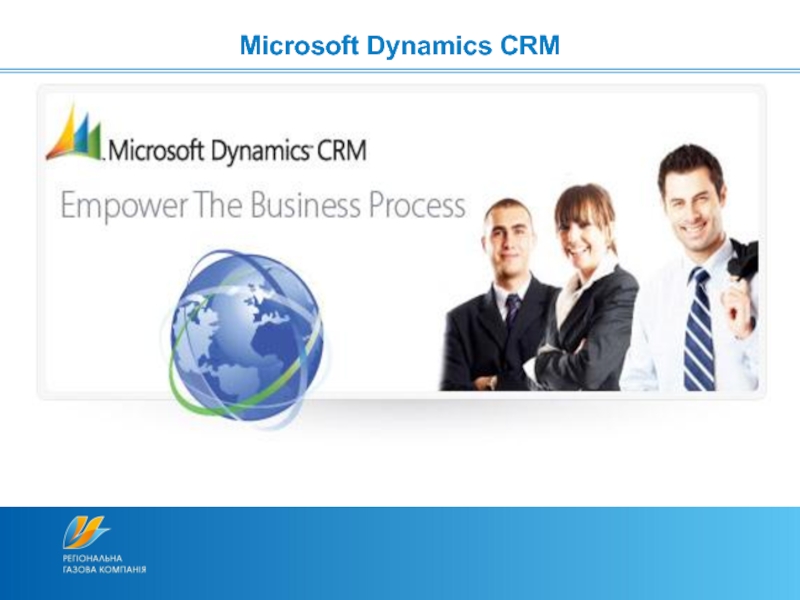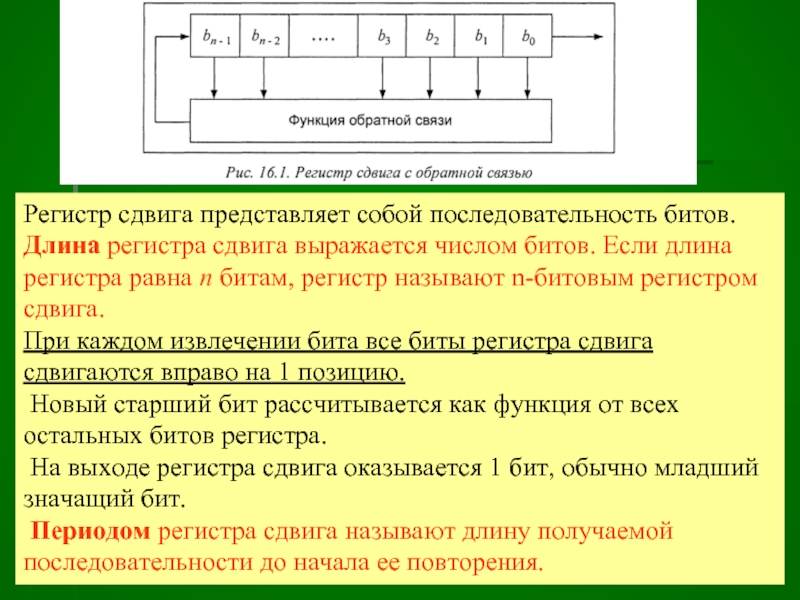- Главная
- Разное
- Дизайн
- Бизнес и предпринимательство
- Аналитика
- Образование
- Развлечения
- Красота и здоровье
- Финансы
- Государство
- Путешествия
- Спорт
- Недвижимость
- Армия
- Графика
- Культурология
- Еда и кулинария
- Лингвистика
- Английский язык
- Астрономия
- Алгебра
- Биология
- География
- Детские презентации
- Информатика
- История
- Литература
- Маркетинг
- Математика
- Медицина
- Менеджмент
- Музыка
- МХК
- Немецкий язык
- ОБЖ
- Обществознание
- Окружающий мир
- Педагогика
- Русский язык
- Технология
- Физика
- Философия
- Химия
- Шаблоны, картинки для презентаций
- Экология
- Экономика
- Юриспруденция
Advanced Exchange Web Services Programming презентация
Содержание
- 2. Advanced Exchange Web Services Programming Jason Henderson Principal Program Manager Lead Microsoft Session Code: UNC401
- 3. Agenda What is new in Exchange
- 4. Same Rich Capabilities as E2007 Rich Mailbox
- 5. What’s New In Exchange 2010? .NET Developer
- 6. Agenda What is new in Exchange
- 7. Using Autodiscover To Connect To EWS What
- 8. Failover CAS When To Autodiscover The EWS
- 9. CAS2010 When To Autodiscover The EWS URL Migration CAS2007 X Mailbox migration
- 10. Demos Calling AutodiscoverUrl Using AutodiscoverService Batch requests Retrieving specific settings (e.g. OWA URLs)
- 11. Accessing Mailbox Items Properties And Property Sets
- 12. Accessing Mailbox Items Batch Operations Batch operations
- 13. Extended Properties Complement “first class” properties First
- 14. Demo Bind Property set FindItems w/filter on
- 15. Agenda What is new in Exchange
- 16. Scalability What is scalability? It is doing
- 17. Exchange Architecture CPU Memory Disk Reads Disk Writes Memory CPU
- 18. Methodology for Maximizing Scale Think about your
- 19. Best Practice #1: Minimize the number of
- 20. Best Practice #2: Do not request unneeded
- 21. Best Practice #3: Minimize search load on
- 22. IIS Log Diagnostics Deep Dive 2009-08-17 17:00:00
- 23. Performance Counter Diagnostics Performance counters give you
- 24. Take-aways Exchange 2010 enables easy, rich and
- 25. Resources Download the Exchange Web Services Managed
- 26. question & answer
- 27. www.microsoft.com/teched Sessions
- 28. Complete an evaluation on CommNet and enter to win an Xbox 360 Elite!
- 29. © 2009 Microsoft Corporation. All rights reserved.
Слайд 2Advanced Exchange Web Services Programming
Jason Henderson
Principal Program Manager Lead
Microsoft
Session Code: UNC401
Слайд 3
Agenda
What is new in Exchange 2010 Web Services?
Advanced EWS Managed API
Using Autodiscover
Accessing Mailbox Items
Writing Scalable Applications
Using Diagnostics to Identify Potential Performance Problems
Best Practice Recommendations
Слайд 4Same Rich Capabilities as E2007
Rich Mailbox Access
Calendar - Free/busy, Meeting time
E-mail – Send, Retrieve, Forward, Reply, Move, MIME
Contacts/Tasks
Search
Name Resolution
Change notifications
Synchronization services
Autodiscover
Rich Logon Modes
Delegate Access
Impersonation
Direct Logon
Plus Much More…
Слайд 5What’s New In Exchange 2010?
.NET Developer Experience
EWS Managed API 1.0
Built-in Autodiscover
Enables easy migration from legacy Exchange APIs
New Exchange Data Services
Enhanced contacts (contact groups, pictures)
Outlook Web App form links
Mailbox-wide search and notifications services
Room lists service
Application Management and Configuration
Role-based Impersonation management
User and application configuration service
SOAP Autodiscover with batch request support
Enhanced time zone support
Built for the Cloud
Enabled on Live@EDU and Microsoft Online
Same functionality on-premises and in the cloud
Слайд 6
Agenda
What is new in Exchange 2010 Web Services?
Advanced EWS Managed API
Using Autodiscover
Accessing Mailbox Items
Writing Scalable Applications
Using Diagnostics to Identify Potential Performance Problems
Best Practice Recommendations
Слайд 7Using Autodiscover To Connect To EWS
What is Autodiscover?
It’s a web service
Using a URL that can be automatically discovered by client applications
Why use it?
Removes the need for hard-coding the EWS URL
Enables seamless failover and “anywhere access”
Built-in client in the EWS Managed API
Makes it really easy to call Autodiscover
Слайд 10Demos
Calling AutodiscoverUrl
Using AutodiscoverService
Batch requests
Retrieving specific settings (e.g. OWA URLs)
Слайд 11Accessing Mailbox Items
Properties And Property Sets
There are multiple ways to retrieve
List items or search for specific items
Inbox.FindItems()
Bind to or load specific items
EmailMessage.Load();
Synchronize items
service.SyncFolderItems()
All use PropertySets to scope data to return
Слайд 12Accessing Mailbox Items
Batch Operations
Batch operations act on multiple items in a
Using batch operations:
Helps increases your application’s performance
Helps reduce server load
The EWS Managed API supports batch operations in addition to per-item operations
Слайд 13Extended Properties
Complement “first class” properties
First class properties are directly available on
Allow developers to:
Set and retrieve custom, application specific properties
Access properties that are not exposed as “first class” properties
Do bad things (so use with care):
Access properties that should not be accessed
Override EWS’ business logic
Слайд 14Demo
Bind
Property set
FindItems w/filter on Extended Property and with IdOnly
LoadProperties w/custom property
Слайд 15
Agenda
What is new in Exchange 2010 Web Services?
Advanced EWS Managed API
Using Autodiscover
Accessing Mailbox Items
Writing Scalable Applications
Best Practice Recommendations
Using Exchange Web Services Diagnostics
Слайд 16Scalability
What is scalability?
It is doing more with fewer resources
It is minimizing
We will discuss:
How to measure the impact of your EWS requests on Exchange?
How to minimize the internal Exchange processing driven by your application
Слайд 18Methodology for Maximizing Scale
Think about your final end to end scenario
Write code, Measure, Optimize, Repeat!
The Managed API can dramatically reduce your cycle time
Simulate your application in a dedicated environment
Use Realistic Mailbox Sizes and Data
VM’s don’t usually work well for this testing
Слайд 19Best Practice #1: Minimize the number of web service calls
Use batch
Use notifications to alert on item changes rather than repeatedly querying folders
Cache data locally
Use cached data when application restarts
Why?
Retrieving more data in a single request and making fewer requests increases the effectiveness of the CAS caches of LDAP and mailbox data, decreases the amount of xml serialization and deserialization, and decreases the authentication load on CAS and AD
Слайд 20Best Practice #2: Do not request unneeded data
Use property sets
Request only
Use FindItem page sizes
Request only the items needed
Minimize service account mailbox size to avoid retrieving old or unnecessary data
Why?
Requesting more properties and more items uses more resources. Some properties are very expensive to generate.
Слайд 21Best Practice #3: Minimize search load on Exchange
Do use SyncFolderItems or
Do use FindItem+QueryString if it supports the necessary search criteria
Do delete SearchFolders after they are no longer needed
Don’t use FindItem or SearchFolder with search criteria unless absolutely required
Why?
Specifying search criteria using FindItem search or Search Folders search criteria causes the Mailbox server to perform expensive search operations. FindItem + QueryString leverages Indexed Search which is much more efficient. SyncFolderItems with ID Only shape is a very efficient operation.
Слайд 22IIS Log Diagnostics Deep Dive
2009-08-17 17:00:00 W3SVC1 EXCAS140001 153.23.45.31 POST /EWS/Exchange.asmx
Important Diagnostics
SoapAction: EWS Method Being Called
RpcC: Number of RPC’s Made to Mailbox
RpcL: Average RPC Latency (ms)
LdapC: Number of LDAP Calls Made to AD
LdapL: Average LDAP Latency (ms)
End(x.xms): Milliseconds spent processing request
Слайд 23Performance Counter Diagnostics
Performance counters give you a
“big picture” view
Under the
Requests/sec
Overall number of requests being served by EWS, this includes successful requests
Items [Read|Moved|Sent|Updated]/sec
Average Response Time
Running average in ms
Command/sec
GetItem Requests/sec
FindItem Requests/sec
Слайд 24Take-aways
Exchange 2010 enables easy, rich and “cloud ready” development
Use Autodiscover, explicit
Follow the best practices to develop scalable and efficient applications
Download the Exchange Web Services Managed API 1.0 today!
Слайд 25Resources
Download the Exchange Web Services Managed API 1.0
Learn more about Exchange
MSDN
http://msdn.microsoft.com/en-us/library/bb204119(EXCHG.80).aspx
“Inside Microsoft Exchange 2007 Web Services”
http://msdn.microsoft.com/blogs/exchangedev
Download the EWS Editor
Fill out session evaluations
Слайд 27
www.microsoft.com/teched
Sessions On-Demand & Community
http://microsoft.com/technet
Resources for IT Professionals
http://microsoft.com/msdn
Resources for
www.microsoft.com/learning
Microsoft Certification & Training Resources
Resources
Required Slide
Speakers,
TechEd 2009 is not producing
a DVD. Please announce that
attendees can access session
recordings at TechEd Online.
Слайд 29© 2009 Microsoft Corporation. All rights reserved. Microsoft, Windows, Windows Vista
The information herein is for informational purposes only and represents the current view of Microsoft Corporation as of the date of this presentation. Because Microsoft must respond to changing market conditions, it should not be interpreted to be a commitment on the part of Microsoft, and Microsoft cannot guarantee the accuracy of any information provided after the date of this presentation. MICROSOFT MAKES NO WARRANTIES, EXPRESS, IMPLIED OR STATUTORY, AS TO THE INFORMATION IN THIS PRESENTATION.
Required Slide
